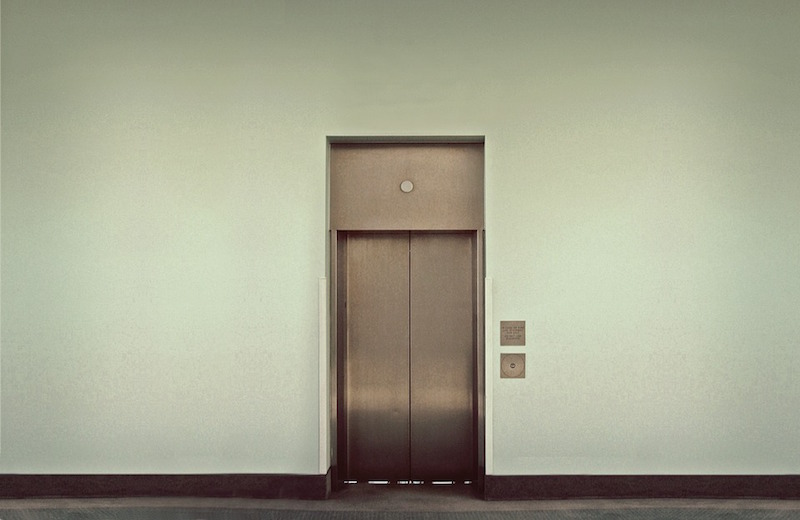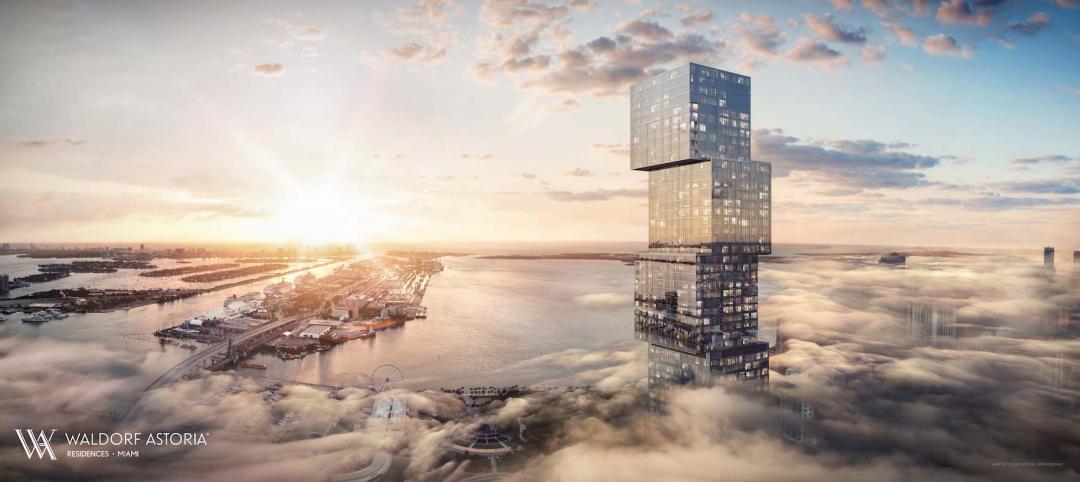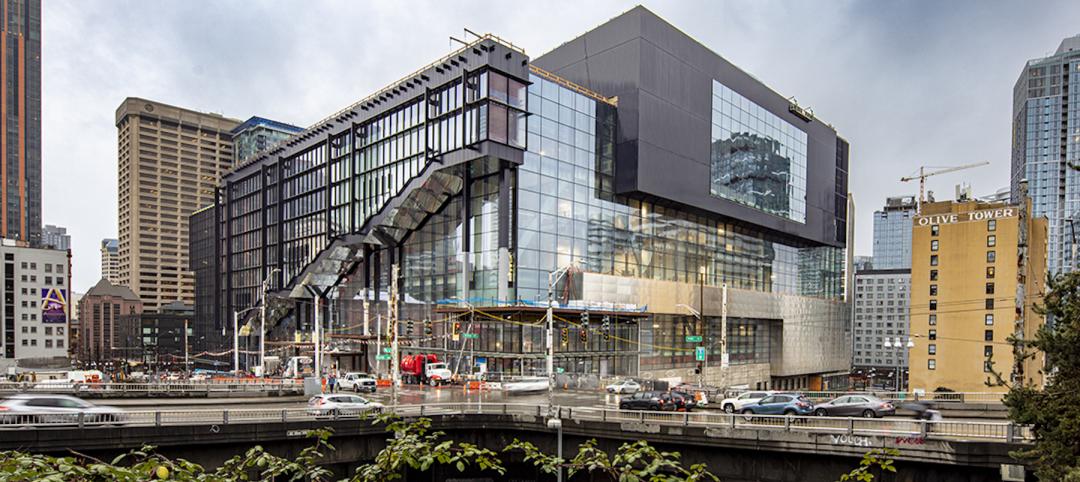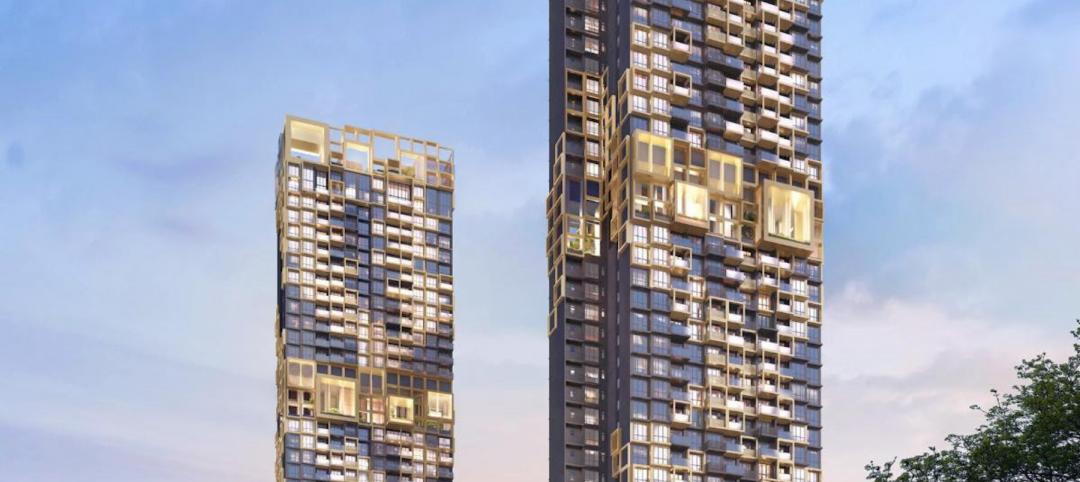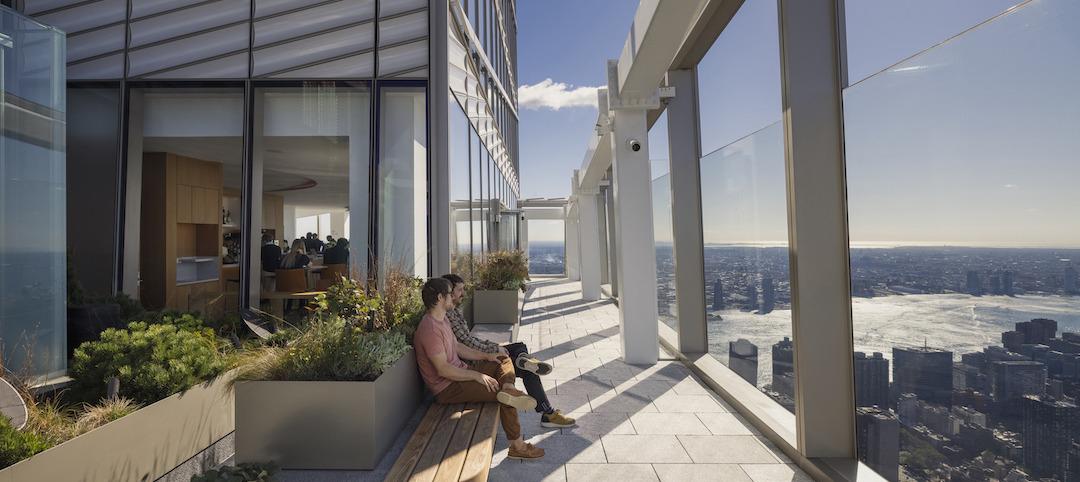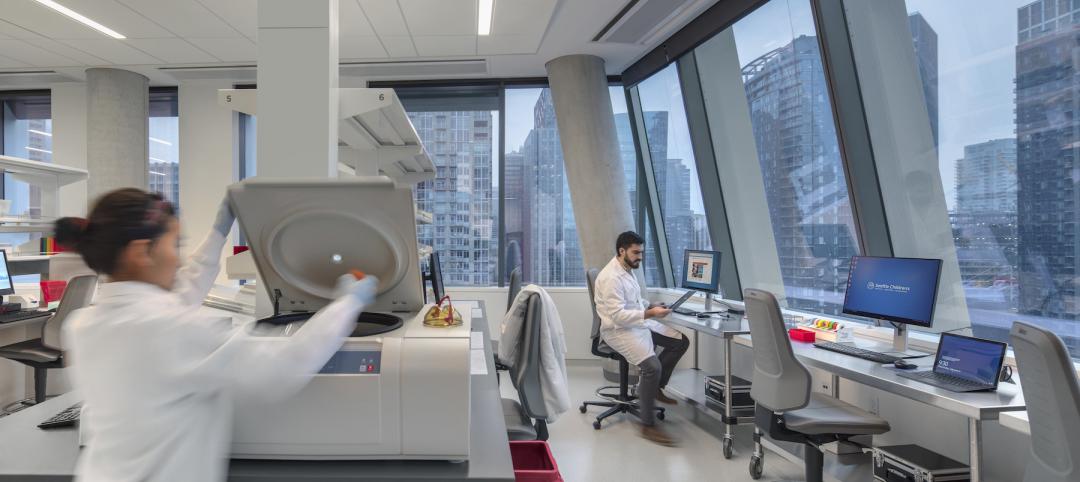The Shanghai Tower is already known around the world for currently being the tallest twisting tower in the world and the second tallest building in the world overall. Now, it also has the distinction of adding three newly awarded Guinness World Records to its resume. Shanghai Tower officially has the world’s fastest elevator, the tallest elevator in a building, and the fastest double-deck elevator.
Shanghai Tower’s elevators were designed by Mitsubishi Electric and just barely outpaced elevators designed by Hitachi in the Guangzhou CTF Finance Centre, which can reach speeds of 20 meters per second, or 44.7 mph.
The fastest elevator in Shanghai Tower can reach speeds of 20.5 meters per second, or 45.8 mph. However, in order to achieve these speeds, a Mitsubishi technician needs to be on hand to press the proverbial red button and send the elevator into hyperdrive. Without the technician, what most people experience in Shanghai Tower is an elevator ride that only reaches 40 mph.
While elevators may be able to continue to reach higher and higher speeds, at least one elevator engineer believes a speed of about 24 meters per second, or 53.6 mph, is the limit. According to CNN, this is because the people in an elevator traveling faster than 24 meters per second would not have time to adjust to the air pressure on the top floor. The entire building would need to be pressurized like an airplane to be able to achieve higher speeds.
For now, Shanghai Tower’s 45.8 mph represents the pinnacle of elevator speed, though, with the sheer volume of supertall buildings being constructed around the world, don’t be surprised if that record is soon broken.
Related Stories
Building Team | May 11, 2022
Miami to get its first supertall building
After completing its first supertall building, 111 W 57th Street in New York, developer PMG is now preparing for the groundbreaking of the first supertall in Miami: Waldorf Astoria Miami.
High-rise Construction | Apr 14, 2022
Seattle’s high-rise convention center nears completion
The new Washington State Convention Center Summit Building—billed as the first high-rise convention center in North America—is on track to complete most of its construction later this year.
Multifamily Housing | Apr 7, 2022
Ken Soble Tower becomes world’s largest residential Passive House retrofit
The project team for the 18-story high-rise for seniors slashed the building’s greenhouse gas emissions by 94 percent and its heating energy demand by 91 percent.
Multifamily Housing | Mar 28, 2022
Singapore’s new Irwell Hill residences will be built around heritage rain trees
The recently unveiled design of Irwell Hill, twin 36-story residence towers, calls for the development to be situated among copious greenery including preserved heritage rain trees.
Legislation | Mar 28, 2022
LEED Platinum office tower faces millions in fines due to New York’s Local Law 97
One Bryant Park, also known as the Bank of America Tower, in Manhattan faces an estimated $2.4 million in annual fines when New York City’s York’s Local Law 97 goes into effect.
Multifamily Housing | Mar 15, 2022
A 42-story tower envelops residents in Vancouver’s natural beauty
The city of Vancouver is world-renowned for the stunning nature that surrounds it: water, beaches, mountains. A 42-story tower, Fifteen Fifteen, will envelop residents in that natural beauty.
Projects | Mar 11, 2022
Studying science in the sky
In sharp contrast to other types of commercial real estate, the life sciences market is booming, according to SGA, an architecture firm based in Boston and New York that has extensive experience designing life sciences buildings.
Urban Planning | Nov 11, 2021
Reimagining the concrete and steel jungle, SOM sees buildings that absorb more carbon than they emit
The firm presented its case for a cleaner built environment during the Climate Change conference in Scotland.
High-rise Construction | Nov 2, 2021
SUMMIT One Vanderbilt completes in NYC
Snøhetta designed the project.
Laboratories | Aug 30, 2021
Science in the sky: Designing high-rise research labs
Recognizing the inherent socioeconomic and environmental benefits of high-density design, research corporations have boldly embraced high-rise research labs.


